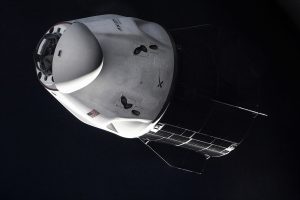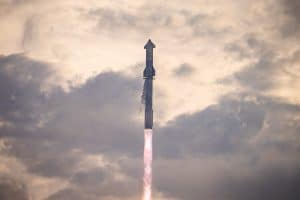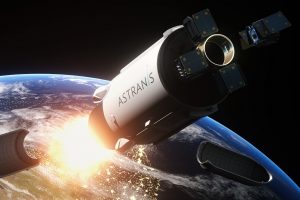A SpaceX Vice President and one of Elon Musk’s first hires says that Falcon boosters will soon achieve the long-standing goal of the CEO for rocket reusability, and could eventually beat it.
Years before SpaceX started to regularly land and reuse Falcon 9 and Falcon Heavy orbital class boosters, Musk was reasonably clear in claiming that a primary objective of the ambitious program (then routinely undermined by most aerospace players) was to build a rocket with a lifetime of at least ten launches. He went even further when the latest and most reusable version of Falcon rockets (Block 5) debuted in May 2018, saying that the aim of SpaceX was to reuse Block 5 boosters 10 times with limited refurbishment, but eventually fly them with occasional overhauls a hundred or more times.
Now, a few months shy of three years after the launch of Block 5, SpaceX could be less than a week away from the second Falcon 9 seven-flight booster reuse, making the company theoretically only a few months away from its first ninth-flight and tenth-flight milestones.
According to Hans Koenigsmann, SpaceX Vice President of Mission Assurance, soon to retire (or already retired) after nearly two decades with the organization, there are no apparent showstoppers that could prevent reusable Falcon boosters from rising past Musk’s ten-flight goal. Speaking at the 47th Spaceport Summit on February 23rd (formerly the Space Congress), Koenigsmann (in his opinion) said that “ten is [not] a magic number.”
The former VP believes that there is nothing fundamentally stopping Falcon boosters from flying more than ten times each, “until [SpaceX sees] more damage” appearing on recovered fleet-leading rockets. In other words, CEO Elon Musk’s fairly arbitrary ten-flight goalpost set years ago could eventually be very precise, resulting in an operational fleet of rockets that are nominally capable of achieving that goal, and then some.
Of course, if SpaceX does not simultaneously guarantee that booster recovery is at least as reliable as the Block 5 design is robust, the issue of whether a Falcon booster can launch ten or more times is insignificant. On February 15th, the fundamental challenge reared its head when Falcon 9 booster B1059 failed shortly before landing for unexplained reasons on its sixth flight. Koenigsmann could not add much information to the nonexistent public record on the same conference panel, only providing the unfortunate euphemism that the rocket failed because of “heat damage.”
Indeed, the official webcast of SpaceX, and some solid unofficial analysis of available data indicates that Falcon 9 traveled a little faster (and therefore received a little more heat) than expected. But the so-called “heat damage” that the rocket might have destroyed is just a sign of some other unmentioned trigger, whether it’s an incorrect attack angle, bad avionics sensors, underperformance of the engine, or any number of other possible triggers.
Either way, after the booster landing failure, SpaceX is hoping for a swift return to flight. On February 28th and March 7th, the next two Starlink launches were rescheduled until the completion of the Starlink-19 anomaly investigation, reflecting only a one or two-week delay.





